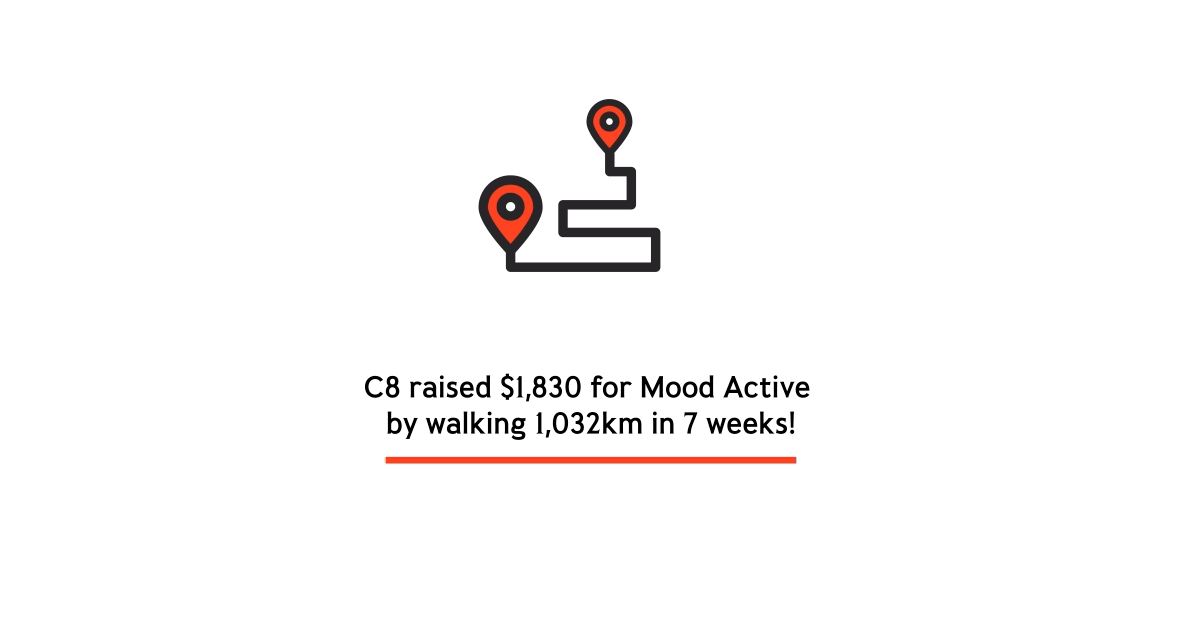
9 things you need to think about when commercialising a product
The task of translating a product concept into a real business opportunity through commercialisation is understandably overwhelming – thrusting your internally prized creation out to the volatile market for the true sink or swim test!
At Circul8, our expertise in product management is carefully considered from the project brief through to commercialisation. It can be easy to have all the gear and no idea when it comes to getting the product ‘out there’. So we went ahead and spoke with Janine Googan, our Head of Production, with experience in navigating this space as our Product Manager for Crop Count. Commercialisation may feel like diving into the unknown, so here are our 9 recommended considerations for success.
1. Identify your ‘Driver’
Facebook had Zuckerberg, Apple had Jobs, Tesla had Musk… are we seeing a pattern here?
Anyone can have a great idea, but it is those who are then willing to invest the (metaphorical) blood, sweat and tears who will succeed out in the market. Whether it be the intrinsically motivated entrepreneur, or your hired business director – before you do anything, be sure to identify who will drive the team to the finish line.
2. Secure your value proposition
So, you think you have a great idea! Now go and ask someone what they think about it…and maybe do that a couple of hundred more times.
Commercialisation requires understanding of the realities of what your end users want and need in the context of how your product will be used in their day to day lives. These all need to put front and centre in the design and functionality when developing your product. You must be able to test your assumptions to ensure clarity around the real value you are able to offer your user.
3. Develop a comprehensive and dynamic business model
So, you have your idea, now how exactly are you making money…?
Building a sustainable business model is a necessary step in ‘working out the money part’ – understanding how the money flows through the business, what the value exchange is, and how you will get to your audience. Use this as a conversation tool with your team, triggering questions to challenge the practicalities of bringing the idea to market.
4. Understand the wider ecosystem
How are you (intentionally or not) impacting the industry?
It is important to understand the ecosystem that you are diving into when establishing your product. Who are the actual players in the market? What is their value exchange? Do they have to be competitors or is there potential for mutually beneficial partnerships to be formed? These are important questions to make sure you are not leaving yourself vulnerable in the market.
5. Accept the inevitable ‘timing’ factor
You have a great travel-based product idea – you love it, your mum loves it, the server at your favourite café says it will be a “hit”! …then COVID-19 made its way Down Under.
Serial entrepreneur, Bill Gross, found in his research of start-ups that the most telling factor in the likelihood of business success is whether it was launching at a time when the intended audience “were both ready for it and interested in it.” This tells us that it is not always about the ‘best ideas’ – it is important to remember that there are some circumstantial things beyond your control. Given the volatility of the market, you need to grab opportunities at the right time, and not be disheartened by inevitable external factors – one must adapt to survive and thrive.
6. Determine what success looks like to YOU
If you are like us, you may see value beyond profitability – unlocking industry-changing research, making the inaccessible accessible for those in need, or even just the accomplishment itself in finally bringing to life a personal long-running passion project.
In the traditional sense, success is seeing monetary value in what you are doing and having that realised when people (investors and end users alike) are willing to pay for it. However, in this evolving world of venture capitalism, perceived value can be just as much, if not more, of a significant indicator of long-term success potential.
7. Acknowledge the power of ‘The Pitch’
Investors are often disproportionately investing in YOU versus your idea.
Keeping it simple is key to a successful pitch. It is about catching your potential investor’s interest without overwhelming them with facts and figures. The world of business investment is a lot more about the people and the ‘trust’ factor than you may assume – on both sides. Remember you are trusting your investor with your idea as much as they are trusting you with their money.
8. Enable continual business development
Does the commercialisation process ever end?!
Business development does not stop when someone starts paying something for your product. It is this continued development, enabled by revenue from initial commercialisation, that ensures a lasting business that is up for the challenge of ‘keeping up to date’ with the fast-evolving consumer culture. Developing a business requires continual change and refinement, so don’t expect to stamp a document as “done” anytime soon.
9. Prepare for the workload
Getting people to buy the product is the easy part…right?
Do not underestimate the amount of work required to commercialise a product into the market. Creating a digital product is one thing, but commericialising it is a much more complex task. I mean, if you thought it were that easy, would you have made all the way to the end of this blog post?
Planning to develop a product for commercialisation? Talk to us first.
Explore more blog posts.


